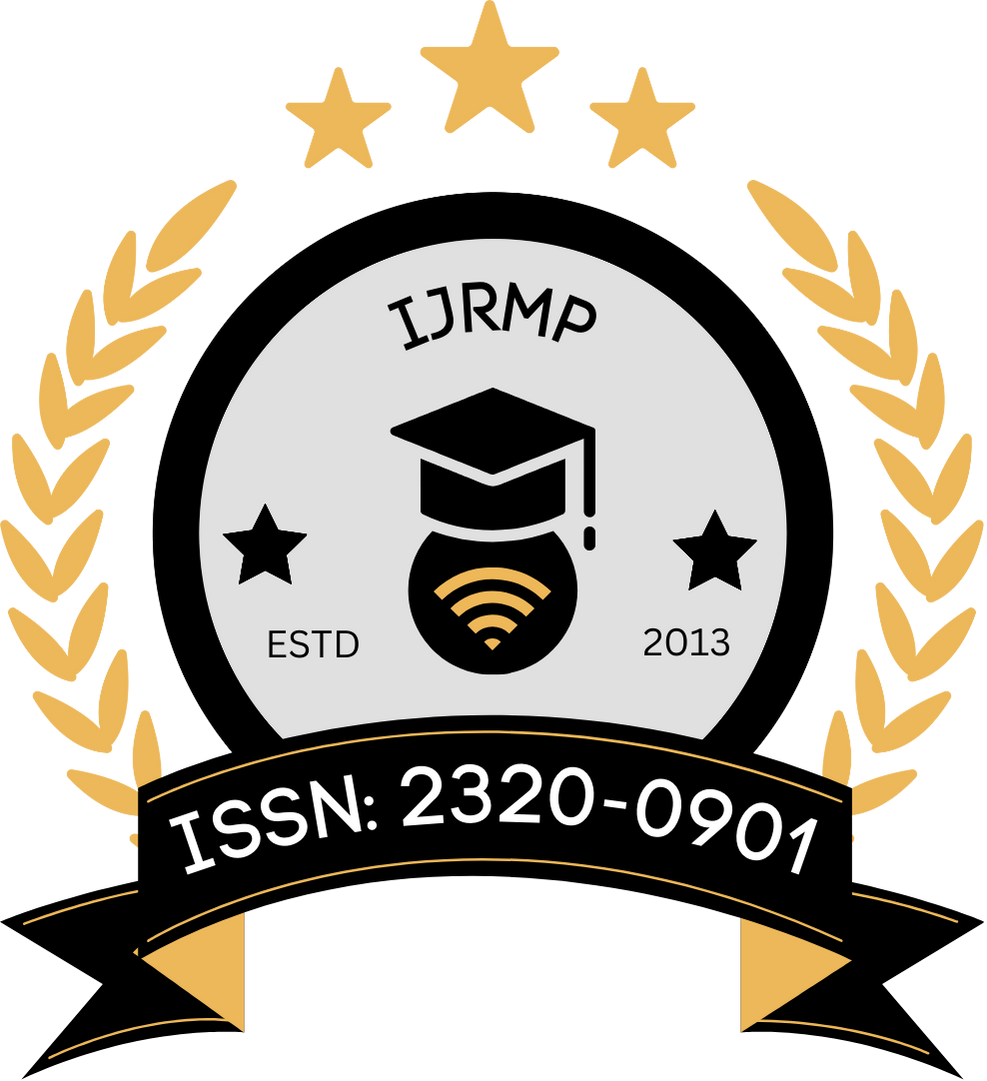![]()
Karthika Mohan
Independent Researcher
Kerala, India
Abstract
Dental caries remains one of the most prevalent chronic diseases among children globally, with early detection being critical to prevent progressive enamel and dentin damage. Pediatric dentistry faces a unique challenge in accurately diagnosing carious lesions due to variations in child behavior, enamel maturation, and lesion progression. Artificial intelligence (AI) has emerged as a transformative solution, with machine learning and image recognition technologies showing promise in automating diagnostic processes. This study presents a comprehensive clinical evaluation of AI-assisted caries detection models used in pediatric dentistry, exploring their diagnostic accuracy, reliability, and feasibility in a real-world clinical setting. The research compares AI-assisted diagnostics with traditional visual-tactile methods and radiographic interpretations in children aged 6–12 years. By evaluating sensitivity, specificity, and predictive value across multiple diagnostic frameworks, this paper establishes the clinical potential of AI in early caries detection and decision support in pediatric oral health care.
Keywords
Pediatric Dentistry, Dental Caries, Artificial Intelligence, Machine Learning, Caries Detection, Diagnostic Accuracy, Clinical Evaluation, Image Recognition
References
- Kositbowornchai S, Siriteptawee S, Plermkamon S, et al. An artificial neural network for detection of simulated dental caries. Int J Comput Assist Radiol Surg. 2006;1(2):91-96. springer.com
- Devito KL, de Souza Barbosa F, Neme Felippe Filho W. An artificial multilayer perceptron neural network for diagnosis of proximal dental caries. Oral Surg Oral Med Oral Pathol Oral Radiol Endod. 2008;106(6):879-884. ncbi.nlm.nih.gov
- Gakenheimer DC. The efficacy of a computerized caries detector in intraoral digital radiography. J Am Dent Assoc. 2002;133(7):883-890. ncbi.nlm.nih.gov
- Wenzel A. Computer-automated caries detection in digital bitewings: consistency of a program and its influence on observer agreement. Caries Res. 2001;35(1):12-20. ncbi.nlm.nih.gov
- Wenzel A, Hintze H, Kold LM, Kold S. Accuracy of computer-automated caries detection in digital radiographs compared with human observers. Eur J Oral Sci. 2002;110(3):199-203. ncbi.nlm.nih.gov
- Mileman PA, van den Hout WB, Sanderink GCH. Randomized controlled trial of a computer-assisted learning program to improve caries detection from bitewing radiographs. Dentomaxillofac Radiol. 2003;32(2):116-123. ncbi.nlm.nih.gov
- Araki K, Matsuda Y, Seki K, Okano T. Effect of computer assistance on observer performance of approximal caries diagnosis using intraoral digital radiography. Clin Oral Investig. 2010;14(3):319-325. ncbi.nlm.nih.gov
- Behere RR, Lele SM. Reliability of Logicon caries detector in the detection and depth assessment of dental caries: an in-vitro study. Indian J Dent Res. 2011;22(2):362-366. lww.com
- Berdouses ED, Koutsouri GD, Tripoliti EE, et al. A computer-aided automated methodology for the detection and classification of occlusal caries from photographic color images. Comput Biol Med. 2015;62:119-135. ncbi.nlm.nih.gov
- Tracy KD, Dykstra BA, Gakenheimer DC, et al. Utility and effectiveness of computer-aided diagnosis of dental caries. Gen Dent. 2011;59(2):136-144.
